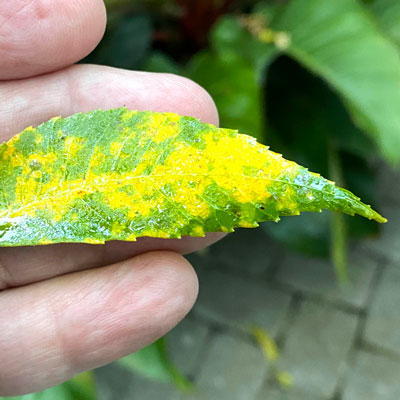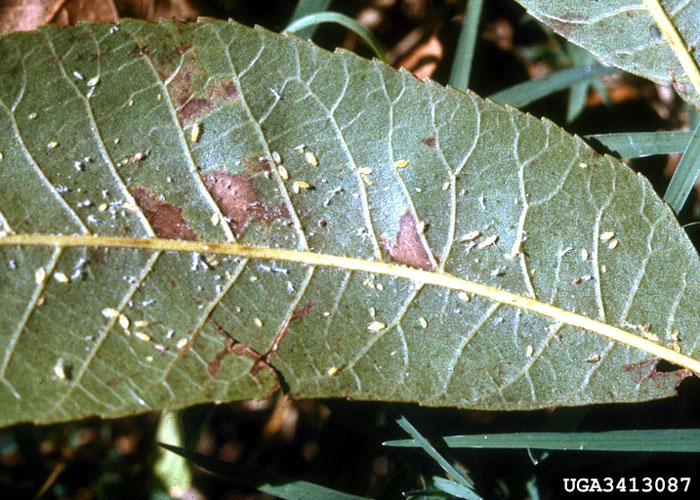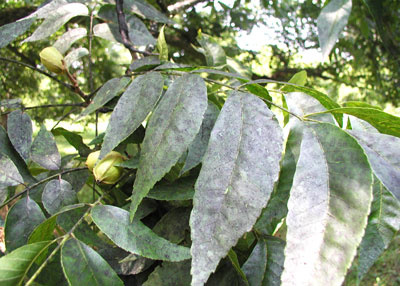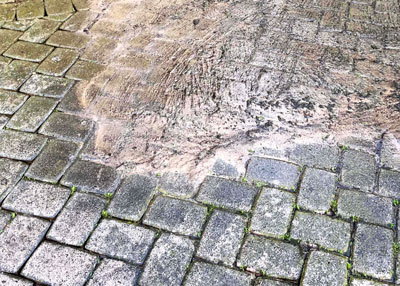Important – In case you missed them…
Here are several important topics I’ve addressed here in recent weeks, also at this time in the past couple of years. I thought they merited bringing up again in case you might have missed them.
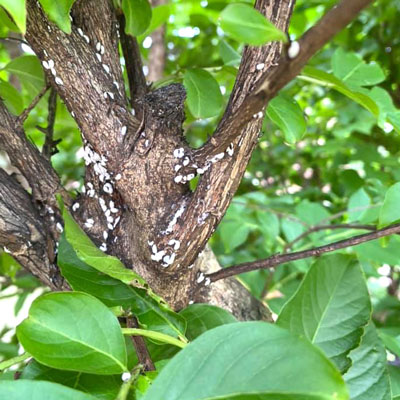
• Crape myrtle bark scale is back. This is an insect pest that is more annoying than harmful. It looks like white flecks stuck to the stems and leaves of your crape myrtles. They exude a sticky honeydew, and black sooty mold fungus grows in that honeydew giving the plants an overall unhealthy appearance. But they can be prevented! Read on!
I addressed this pest in Answer 6 of our Q&A section, the July 4 edition. Odds are you were doing something else on that date, so here’s a link back to that story:
https://neilsperry.com/2024/07/qa-ask-neil-july-4-2024/
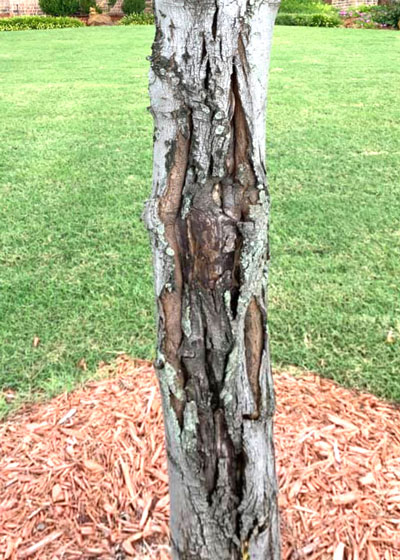
• Maples and oaks are suffering bark damage.
I’ve been getting this question for decades, and my sermon notes haven’t changed. Bark is a dead tissue that is put there for protection of tree trunks’ inner parts. But when the bark itself is injured, it sloughs off prematurely and exposes wood of the trunk to sun scald and invasion by borers, disease, and decay.
I’ve written about this in short form many times, but here is a complete story following the first time I saw some badly damaged red maples. https://neilsperry.com/2019/08/question-of-the-week-number-2-august-22-2019/
• Gosh awful amount of sticky honeydew beneath pecan trees and red oaks, among others.
Remember two summers ago when your shoes stuck to your driveway? Your hands grabbed hold of the handrails on steps? Your pants stuck to the seats of your patio furniture? Remember all that, pal? Well, your shoes, your hands, and your pants do. And it’s back.
This time that goo has been processed through the bodies of aphids and it falls on all manners of surfaces below. Other plants’ leaves. Concrete. Cars. Houses. The sleeping dog.
